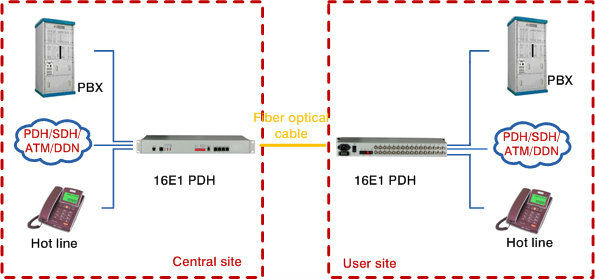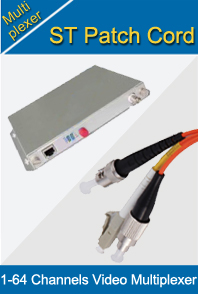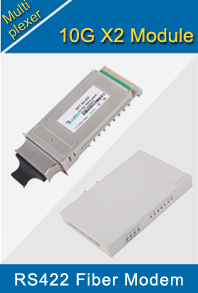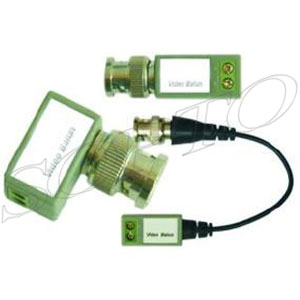-

- Sopto Home
-

- Special Topic
-

- Multiplexer Knowledge
-

- What is Digital TV Frequency?
Multiplexer Knowledge
- Why is Multiplexing Needed in Data Communication Systems?
- What is Concept of Multiplexing in Telephone System?
- What is Digital TV Frequency?
- Outlook of the WDM Networks
- DWDM Technical Overview
- CWDM Technical Overview
- How to Activate Cable Modems?
- How to Install a Fiber Optic Modem?
- How do I Choose a Best Fiber Modem?
SOPTO Special Topic
Certificate



Guarantee
Except products belongs to Bargain Shop section, all products are warranted by SOPTO only to purchasers for resale or for use in business or original equipment manufacturer, against defects in workmanship or materials under normal use (consumables, normal tear and wear excluded) for one year after date of purchase from SOPTO, unless otherwise stated...
Return Policies
Defective products will be accepted for exchange, at our discretion, within 14 days from receipt. Buyer might be requested to return the defective products to SOPTO for verification or authorized service location, as SOPTO designated, shipping costs prepaid. .....
Applications
Multiplexers can be used to connect PBX, Hot line and other devices of network from central site to user site through fiber optical cable.
SOPTO Products
- Fiber Optic Transceiver Module
- High Speed Cable
- Fiber Optical Cable
- Fiber Optical Patch Cords
- Splitter CWDM DWDM
- PON Solution
- FTTH Box ODF Closure
- PCI-E Network Card
- Network Cables
- Fiber Optical Adapter
- Fiber Optical Attenuator
- Fiber Media Converter
- PDH Multiplexers
- Protocol Converter
- Digital Video Multiplexer
- Fiber Optical Tools
- Compatible
Related Products
Performance Feature
High integration desig
Low power consumption
Good EMC, EMI
Stable and Reliable
Multiplexer Knowledge
Recommended


What is Digital TV Frequency?
Digital TV frequency is the specific location on the radio spectrum on which digital TV channels are transmitted. Ordinary analog television channels are received by an antenna searching on a single frequency within the ultra-high frequency (UHF) range. The difference between analog TV frequency and digital TV frequency is that the digital signals are compressed into “multiplexes.”
These multiplexes each contain numerous television channels — ordinarily around eight — all found on one single frequency. This is why digital frequency requires a special decoder for a television to reproduce the images and audio from the original signal.
Television is transmitted through radio waves, which are collected by antennae and then sent to a television set, which reproduces the signal received as an audio and visual display. Radio waves are basically made up of fluctuations within the electromagnetic field. The specific properties of each fluctuation encode different pieces of information. Static occurs on a television because the leftover radiation from the big bang is all around us, and when not pointed to a particular frequency, the big bang radiation is picked up by antennae. Televisions try to display this like a TV channel, but incomprehensible static is all it produces.
The main difference between digital TV frequency and analog TV frequency is that the digital TV channels are compressed into multiplexes. Digital TV antennae still pick up signals from the radio spectrum in the same way analog TV antennae do, but the information is encoded.
These new multiplexes contain the transmission information for several TV channels all compressed into one more efficient signal. This means that when people can’t receive a channel on a digital TV, they are likely to have trouble receiving several channels. These are the channels in the same multiplex as the problem channel.
Old televisions and antennae don’t understand the new digital TV frequency signals, because of the multiplexes. They will try to understand the signal in the same way old analog signals were broadcast, but the information is essentially in a different language.
This is essentially like a 12th century time-traveler trying to converse with modern people. Digital TV boxes and televisions with in-built digital receivers are able to understand this new language and translate it into television channels.
Modern digital satellite TV frequency works in basically the same way as digital TV frequency, except that the information is transmitted by a satellite instead of by an earth-bound transmitter. The signal is picked up by a dish, which is shaped like a parabola to focus all of the information received onto one point. Satellite boxes decode this information in the same way that digital boxes do.
Sopto supplies high quality Video + Data Multiplexer, Video + Audio Multiplexer and other multiplexers for TV transmission. For the newest quotes, please contact a Sopto representative by calling 86-755-36946668, or by sending an email to info@sopto.com. For more info, please browse our website.




